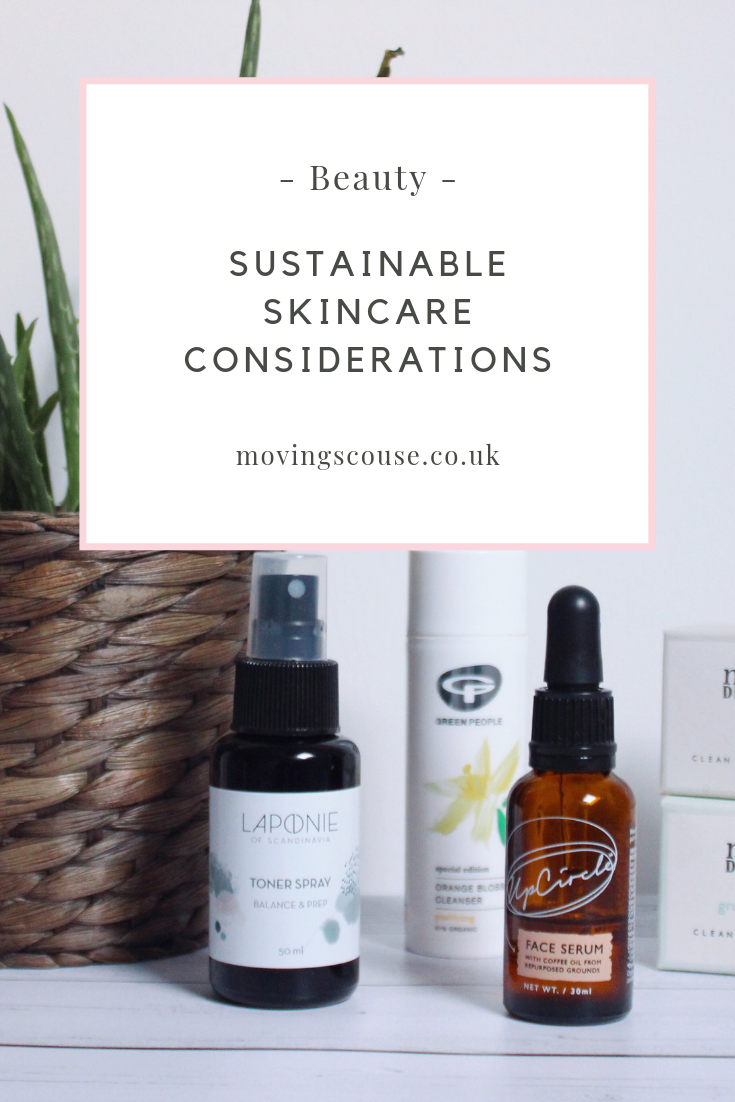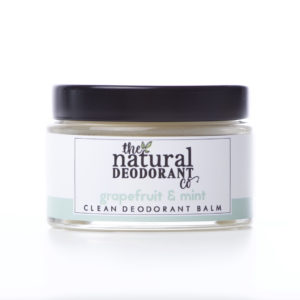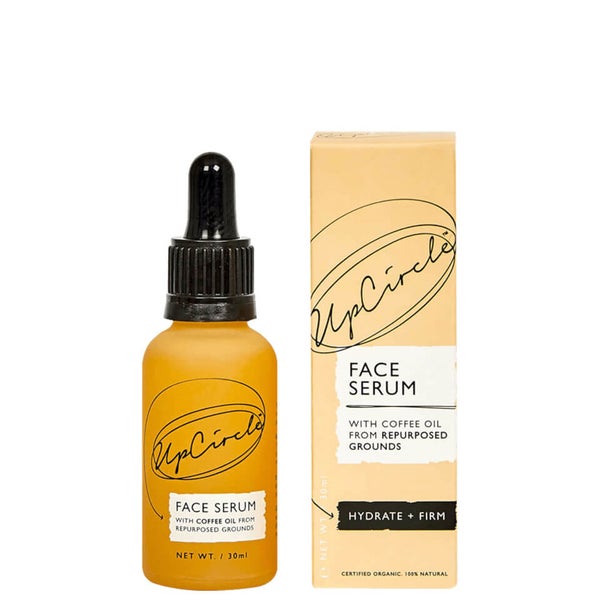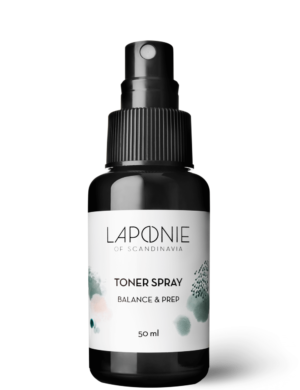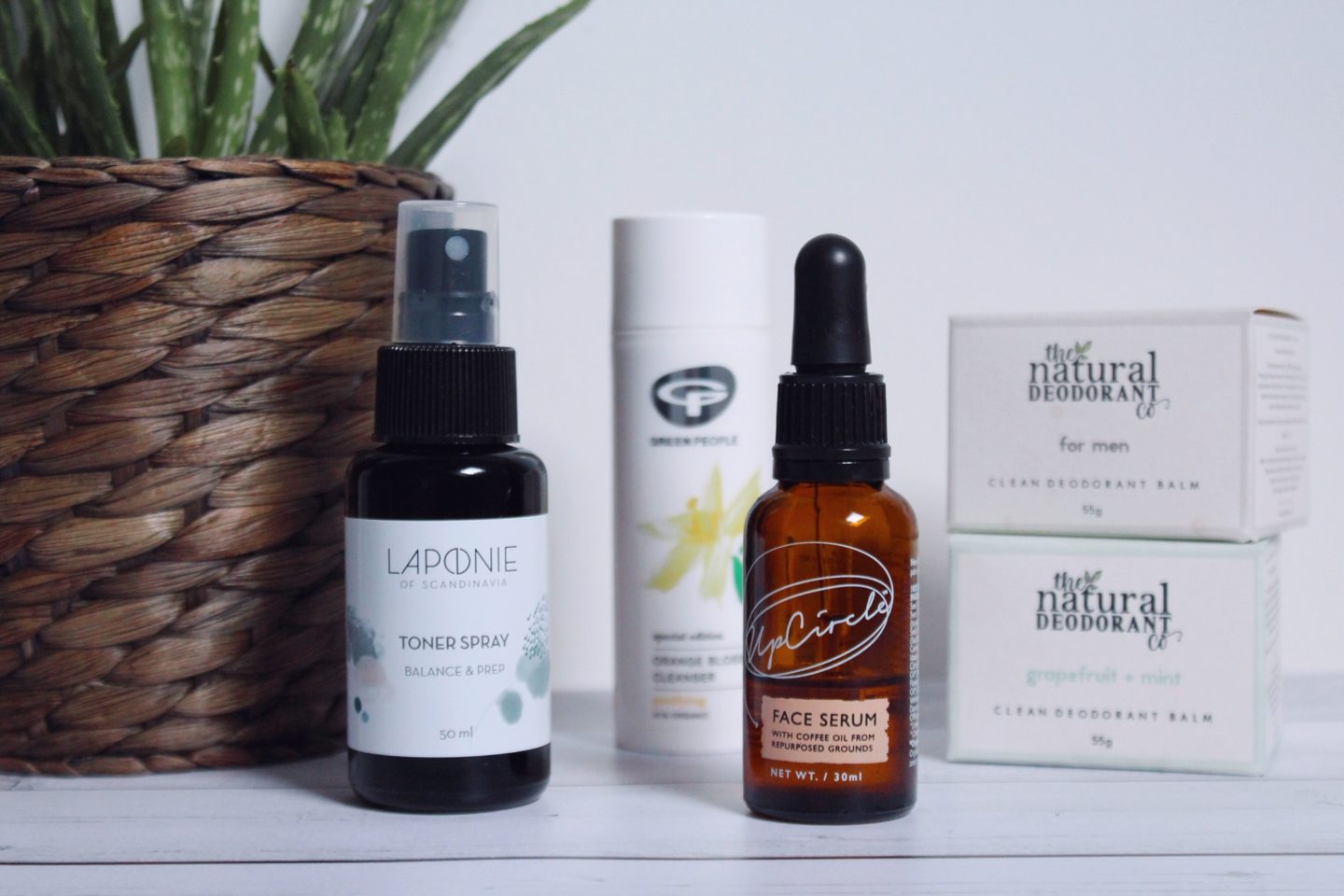
It’s encouraging to see that, over the last year or so, people have really started looking at the environmental impact of their purchases. Consumers are looking for #ecofriendly and #sustainable credentials before handing over their money.
It can be confusing to know what to look out for, though, and there are so many claims being made by brands that it seems almost impossible to make a meaningful choice. On top of that, there’s a log of clever marketing flying about that can make you think you’re making a good choice, but is actually completely meaningless. We’ve talked about Greenwashing before, and I’ll keep discussing it because it’s SO cheeky. Today, I’m going to talk you through the three things that, in my opinion, are the most important to look out for when trying to buy sustainable skincare.
1. Packaging
Easily the most visible and popular consideration, packaging is important. It’s actually really difficult to find skincare that’s sustainably packaged. There are a number of brands at the forefront here, including UpCircle, Dr Botanicals, and The Natural Deo Co, who are all starting to use glass and aluminium-based packaging, which is widely recycled. This is, however, still the absolute minority of companies, and there is still such a long way to go.
The majority of companies, whether they’re taking a sustainable skincare angle or not, are happy to stick with the ‘our plastic packaging is partly recycled and fully reyclable’ line and leave it at that. It’s a tough one, because it’s true that plastic is currently one of the lightest and cheapest forms of packaging, and that many forms are recyclable. But the truth is also that a lot of the ‘recyclable’ stuff we throw into the recycling bin isn’t actually recycled. In fact, many types of packaging advertised as ‘recyclable’ aren’t accepted by many local councils. Because there is so little education about this, and it can be so hard to tell what can and can’t be recycled where, a whole lot of stuff ends up in the recycling bin that’s actually doing nothing but contaminate the lot. Plus, while recycling really should be the absolute minimum standard, many brands go so far as to proudly advertise that their plastic packaging is recyclable. By portraying it as a massive achievement, they’re contributing to a culture in which people believe that recycling is really all we need to do to keep our planet healthy. Not acknowledging the fact that all plastic packaging is in some way or another harmful to the environment is, in my opinion, pure greenwashing.
So, what can we do? Well, if possible, try to avoid skincare in plastic. But that is HARD, I tell you. Despite considering myself relatively aware of the problem and making conscious choices, my bathroom is still full of plastic. The reasons are varied, but mostly are down to either affordability or availability – plastic-free skincare isn’t all that common yet.
Where it can’t be avoided, check if and where packaging can be recycled, and focus on products that have minimal plastic packaging, rather than lots of unnecessary frills that will end up in landfill. Oh, and avoid brands that actively engage in greenwashing, obvs!
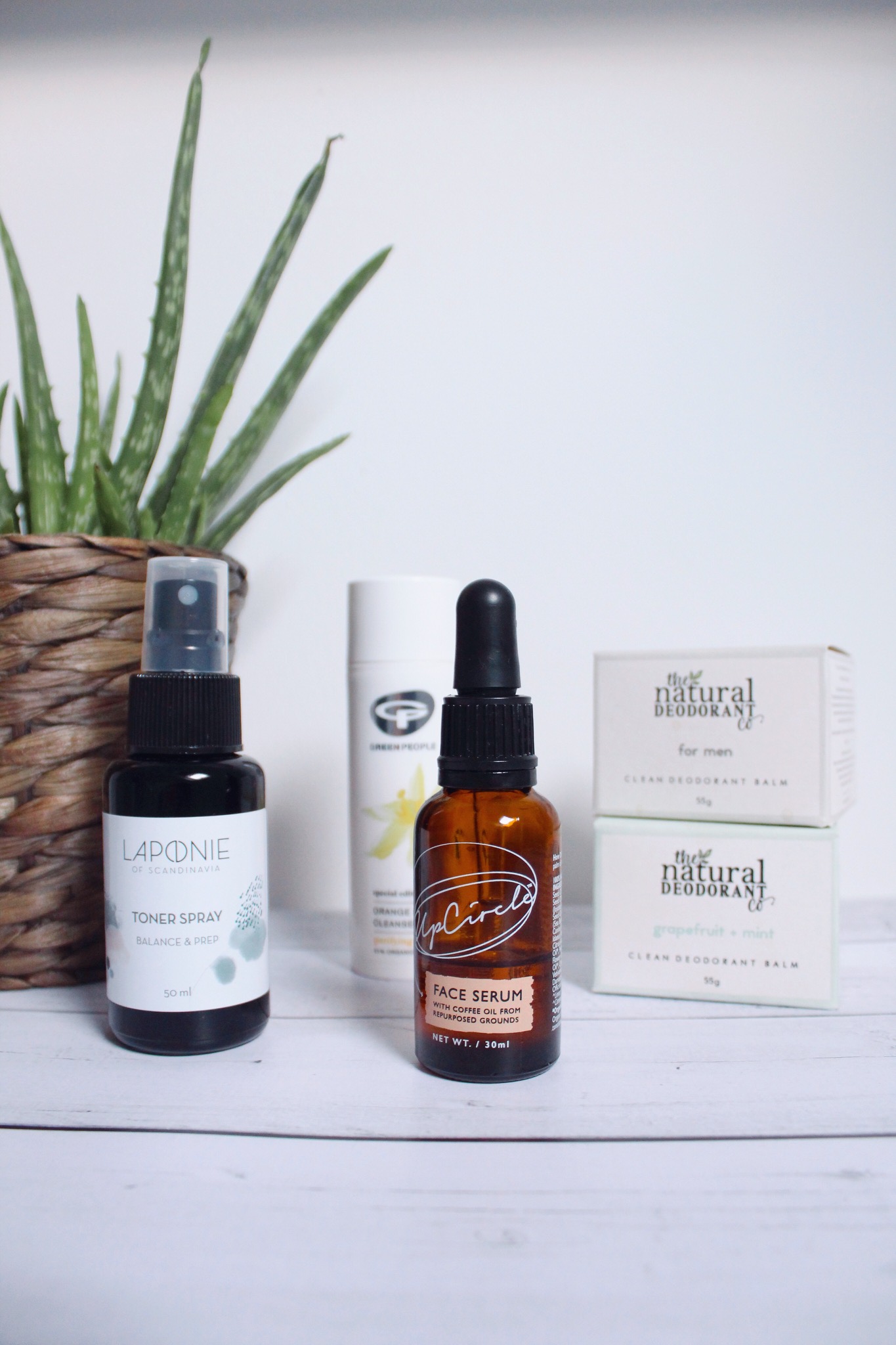
2. Ingredients
Now that we’ve covered the outside of the product, the next thing to think about is the ingredients in our sustainable skincare. Fortunately, the biggest idiocy the cosmetics industry has ever come up with – microbeads – has now been banned and we don’t need to worry about it. But there are still plenty of things to be aware of!
If you’ve ever looked at the back of your bottle of cleanser, you might have found yourself a bit baffled – I certainly have. I was really bad at chemistry in school, and I can’t say with much confidence that this skill has improved much. So I heavily rely on others’ expertise when trying to understand beauty ingredients. UpCircle – you can probably tell by now they’re a firm favourite of mine (this isn’t a sponsored post, promise!) – have published a list of things to avoid, which is a great starting point.
There’s a real political question about ingredients, too. The trend towards all-natural and sustainable skincare has seen an increase in the use of ‘buzzword’ ingredients. You know the ones – they sound expensive, usually come from some sort of exotic plant, are generally only present in the product in the tiniest of amounts… but the question is, should we really be using luxury foods in our face masks? Is that a way to ensure we keep the suds flowing down the drain clean and not toxic to wildlife? Or are we manipulating prices, driving farmers in producer nations into poverty, and moisturising our legs with essential foodstuffs? Is that really the way towards ethical, sustainable skincare? I don’t have an answer for you, but it’s definitely something we need to create more knowledge about.
Also, don’t buy products with ingredients tested on animals, but I don’t need to mention that one, do I?
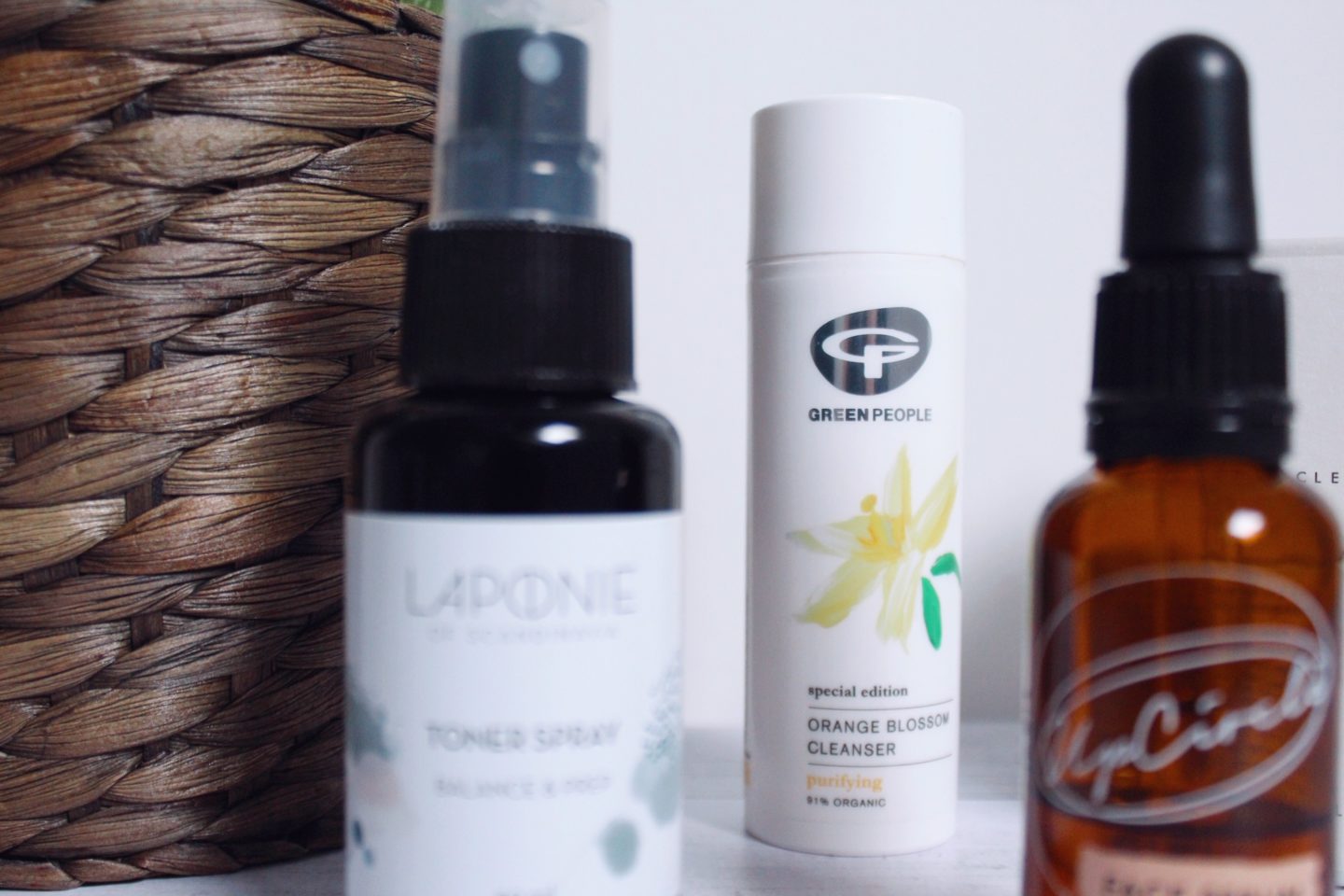
3. Ethical Production & Human Rights
Sustainable skincare isn’t fashion, and so the debate about the ethics of its production hasn’t quite hit the news… yet! I’m confident that we’ll get to that point sooner rather than later. But in a post like this, it’s really important that we talk about the people involved in our skincare.
Most obviously, there’s the question of production. This might not be such a huge issue if you’re buying from small artisan companies, who are hand-making products in their home. But when you get into the large, global companies, all the same problems that fashion has apply: supply chains get murky, there’s a general lack of transparency, different products are created in different factories, and no one can keep an overview of what’s actually happening. This is almost never talked about, but it’s important. What’s the point of having amazing skin if one of the ingredients in it is sourced through the systematic exploitation of small-scale farmers in producer nations?
An excellent resource to help you here is Ethical Consumer. They’ve ranked a large number of skincare brands according to their ethics, and, if you scroll down and click the little ‘people’ box, it will help you rank them by, well, how they treat people. There’s also an option for ranking by politics, which I find super interesting.
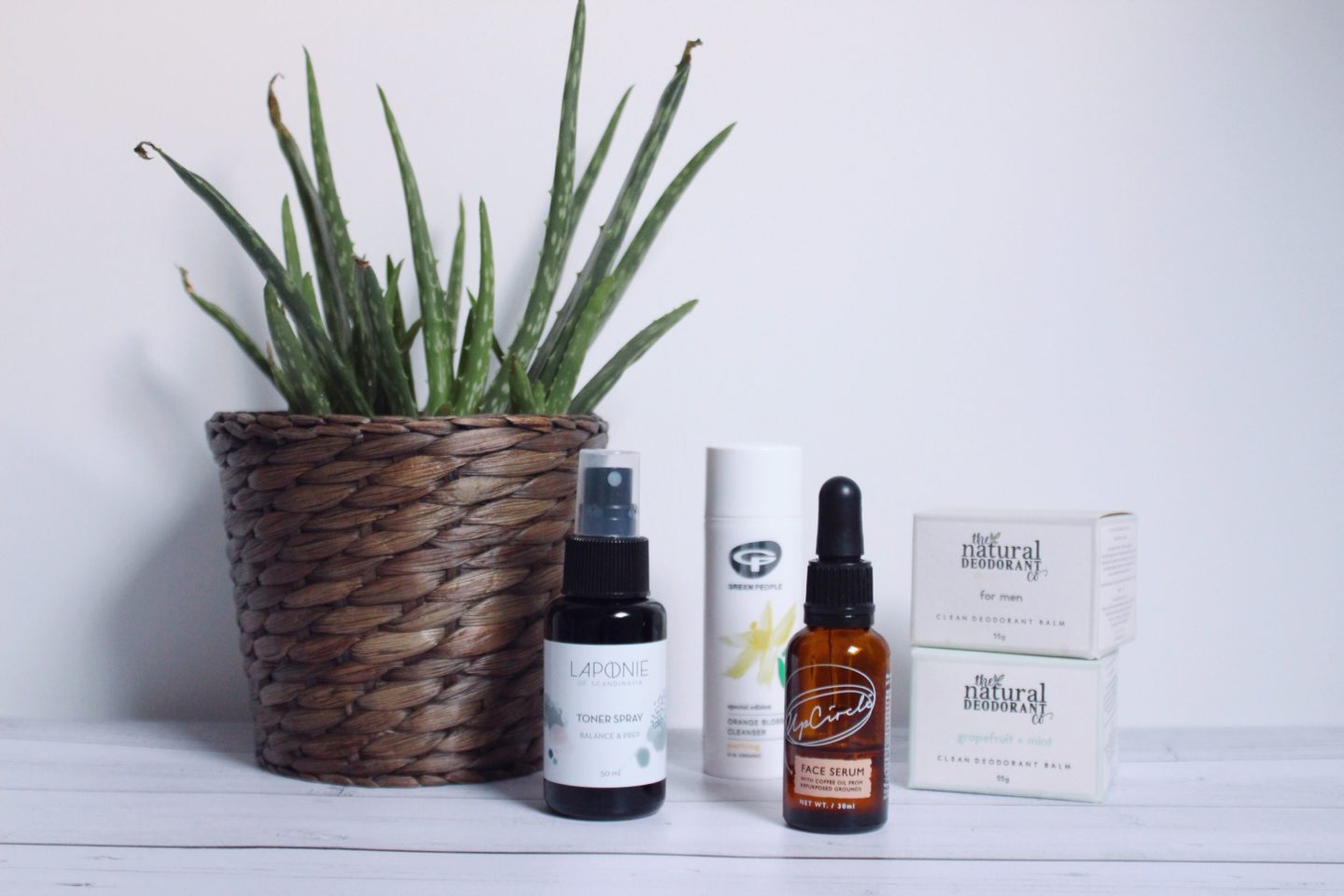
As always, it’s really important to understand that at the moment eco-friendly skincare often comes with a premium price tag. I continue to believe that we will not make a significant impact until governments get over themselves and make environmental considerations a legal requirement, and not a luxury commodity. Until then, we have to make the best choices we can with the means we have available, and sometimes that will mean prioritising one consideration over another. You DO NOT need to be perfect. You just need to make an effort.
